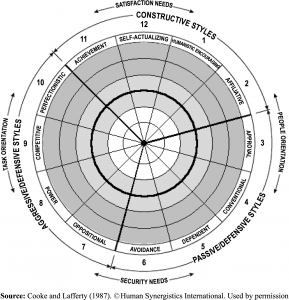- First you have to write a proposal (estimate time (including advisor).
- When you get a subsidy you have to spend time reporting (estimate time).
- The sum of both multiplied by the price per hour result in the costs.
- Multiply the sum of subsidy by the chance you get the subsidy. A simple way to do that is to estimate the amount of contenders. This gives you a simple statistical expectation.
- If the Estimated sum is lower than the costs don’t spend your time and try to get money in a different way. In general when you are a small company stay out of subsidies.
If you really want to become rich start a company like PNO (Pecunia Non Olet, Money Does Not Stink).
When I met them I soon found out that I was there when the company was created. They started their activities at the same place (Hengelo) and the same building as the company of a friend of mine. This company (Utopics) developed the expert-system they use to track subsidy opportunities.
Until 1993 I did not realize that it was possible to acquire a huge amount of money when you play the game the right way.
The Subsidy Game is played the right way when you combine two things. You have to align your strategy and related projects with the vision of government and you have to create the right level of contacts.
When the local or international government defines a policy they look for instruments to support this policy. One of the instruments they use is subsidies. They pay you to do what they want you to do.
When you want to get a lot of money you have to align your policy with the policy of the government.
It is very important to understand that aligning your policy is a virtual act. You have to show that the policy is written down on paper. If you are clever you don’t have to adjust your plans. In reality you play the same game government is playing. They also act very differently at the inside.
They play the Game of Politics. The game of politics is a combination between the Unity (Plan, Model) and the Social (Emotions, Network) World-View. The game is about persuading people to accept a model or plan or asking an opinion about a plan.
The simple trick is to relate all the projects you are doing to the policies of the Government and translate the project-plan into a proposal for subsidy.
The next step is much more important. You have to influence the network of decision makers. I hope you are not a naive person who believes in an objective government.
Everybody in government can be influenced to do what you want. The only thing that counts is the price you have to pay. Please understand that bribing is possible but this is a very stupid way to get influence because it only influences one person.
To get an optimal result you have become an “important person” in the network of decision makers itself.
To do this you have practice the art of Public Relations (PR). When you are practicing PR you have to know WHO is WHO, visit meetings and parties and give something to receive something.
When the Subsidy-project grew I became involved in PR at a large scale. PR is really fun. You talk a lot, travel a lot, you eat (and drink) a lot and sometimes you make a beautiful deal.
Soon I found out that the power of the Dutch Government was gone. The power was moved to Brussels. I made a proposal the create a special lobby-office in Brussels and to my surprise top-management agreed.
This started a new level of sophisticated manipulation. Getting things done in Brussels is much more difficult that getting things done in the Hague.
Brussels can be compared with Washington and the European Union acts the same as the USA. Many things are decided behind close doors and the most important influencers are the rich companies.
To get some instant experience I visited a few lobby offices and talked with the managers to find out how they were doing “it”.
My most spectacular experience was with IBM. IBM seemed to me the perfect lobby machine. The manager of the Lobby Office was the Minister of Foreign Affairs of IBM and he also had the power to act.
Influencing EG Policy was a very important issue at IBM. You have to understand that the EG is deciding about many standards and the standards have to be built in the products of IBM.
When I got acquainted with the practices of Brussels I discovered many “bribing patterns”. Later they were also detected and many scandals appeared. Yes, High Level Officials of the EG asked for money and they were also payed.
When you are not a high level player in the Subsidy Business I advice you to make use of an advisor. Even if you use an advisor the changes are low. Because of the low changes you are able to make a simple calculation to find out if subsidies are something you have pursue.



